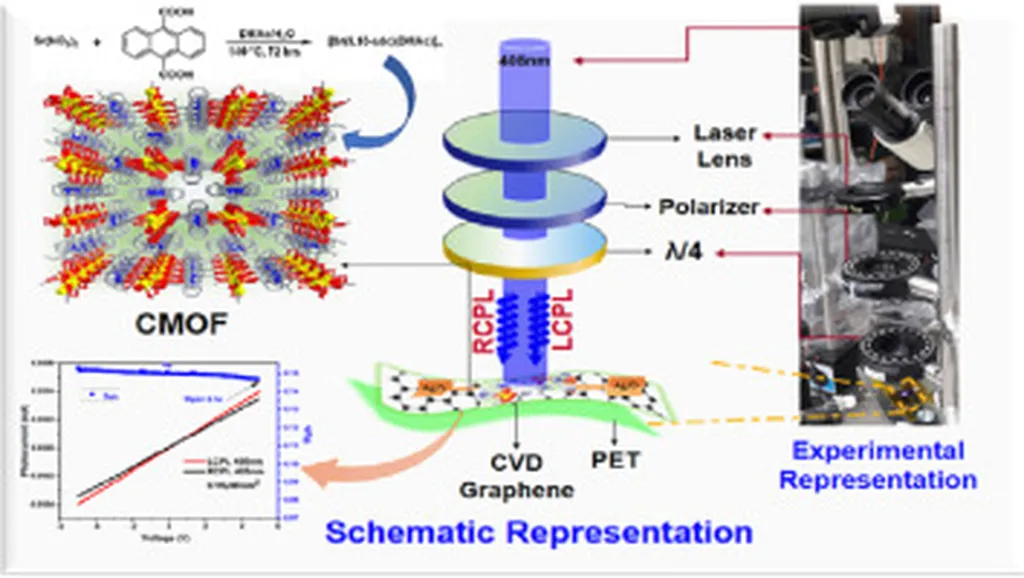In the realm of energy materials research, a significant advancement has been made by Xian Xu and Diana Y. Qiu from the University of California, Berkeley. Their work, published in the journal Physical Review Letters, focuses on developing a robust computational framework for studying chiral optoelectronic properties in solids, which could have practical implications for the energy industry, particularly in the development of advanced solar cells and other optoelectronic devices.
Chirality, a property that describes the handedness of a molecule or material, plays a crucial role in determining the optical and electronic properties of materials. Circular dichroism (CD), a phenomenon where a material absorbs left- and right-handed circularly polarized light differently, is a key probe of chirality. However, accurately predicting CD in solids with strong exciton effects has been a challenge due to the complexities involved in periodic systems.
Xu and Qiu have developed a gauge-invariant first-principles framework for CD that includes exciton effects. This framework is based on full minimal coupling (FMC) within the GW plus Bethe-Salpeter equation (GW-BSE) formalism. Unlike traditional methods, which require careful gauge-fixing and suffer from origin ambiguities, the FMC approach evaluates optical matrix elements directly at finite photon wavevector. This method naturally includes intraband and near-degenerate transitions and treats electric-dipole (ED), magnetic-dipole (MD), and electric-quadrupole (EQ) contributions equally.
The researchers applied this framework to two prototypical two-dimensional chiral hybrid perovskites, (S-NEA)2PbBr4 and (S-MBA)2PbI4. Their calculations revealed that MD and EQ channels contribute equally to the CD signal. Moreover, they found that intraband and quasi-degenerate transitions, which are only captured within the FMC framework, can significantly modify CD spectra, especially in systems with dense band degeneracies.
This new computational approach offers a computationally efficient and numerically robust way to predict chiral optoelectronic phenomena in complex solids. For the energy industry, this could lead to the development of more efficient and advanced optoelectronic devices, such as solar cells, photodetectors, and light-emitting diodes, by enabling better understanding and control of chiral properties in materials. The research was published in Physical Review Letters, a prestigious journal in the field of physics.
This article is based on research available at arXiv.

